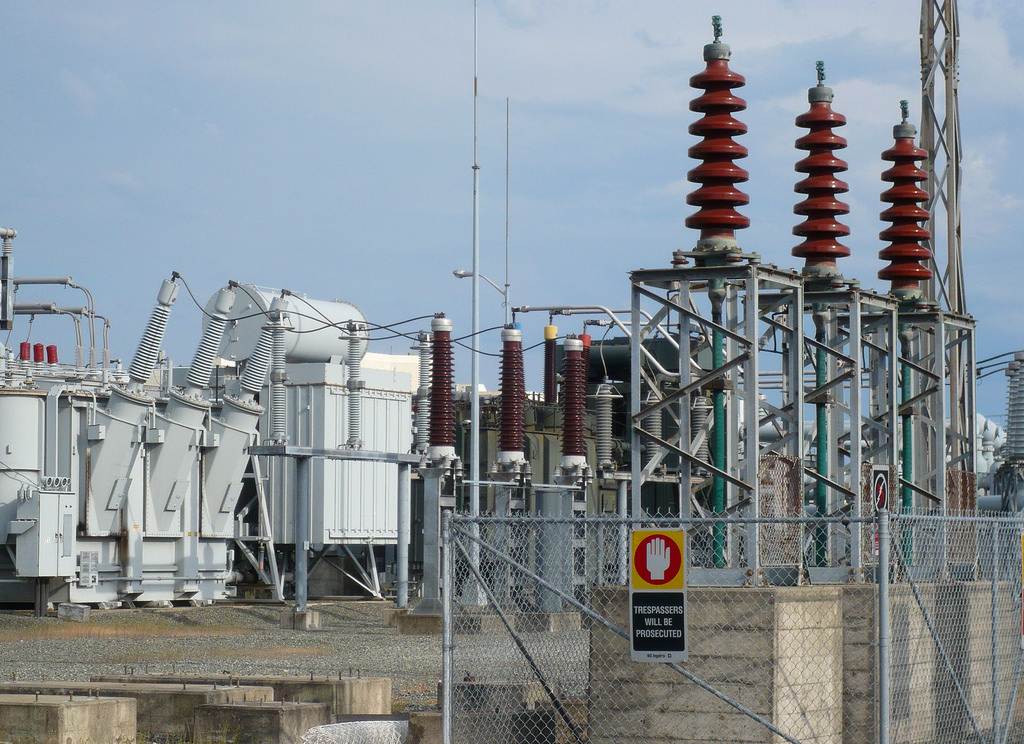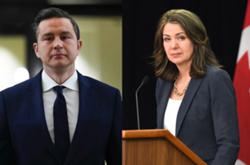In a recent report, Ontario Auditor General Bonnie Lysyk condemned the Liberal government’s plan to cut electricity rates by 25 per cent because the rate deferral component of the plan does not conform to generally accepted accounting rules.
Instead of openly accounting for the debt incurred to subsidize the rates, the government legislated a new deferral account in a separate Crown corporation to mask the debt and interest. Her report was partly based on an earlier critique of the rate subsidy scheme by Ontario’s independent budget officer.
What lessons does Lysyk’s report provide for the deferral accounting practiced by BC Hydro?
The Ontario plan
The rapid increase in electricity prices in Ontario has resulted in serious erosion of support for the Liberal government.
This spring in a blatant attempt to diffuse the issue, the government passed legislation to reduce the current electricity prices by 25 per cent and limit the rate increases for the next 10 years. The cost of the subsidized rates will be covered by borrowing.
Beginning in 2028, electricity ratepayers will pay the pre-subsidy price, plus a surcharge to recoup the principle and interest of the borrowed funds.
The Liberal government created a special regulatory deferral account to record the future revenue surcharge as an asset, allowing it to avoid reporting the borrowed money as a debt on the government’s financial statements.
The government’s decision to legislate a deferral account to record the direct cost ($18.4 billion) and the interest cost (estimated at $7.8 billion) of the subsidy drew the ire of the Ontario auditor general.
The creation of the account allows the anticipated future revenue generated by the surcharge to be treated as an offsetting asset against the debt and interest liability, thereby avoiding the need to record the net increase in debt on the government’s books.
Lysyk used plain language to describe the Ontario government’s accounting ploy.
“The substance of the issue is straightforward,” she wrote. “Ratepayers’ hydro bills will be lower than the cost of the electricity used as a result of the electricity rate reduction. However, power generators will still be owed the full cost of the electricity they supply, so the government needs to borrow cash to cover the shortfall to pay them.
“The effects of the additional debt required to fund the generators need to be accounted for as part of the annual deficit and net debt of the Province. However, the government did not properly account for this debt impact from the electricity rate reduction in its 2017/18 budget and is not planning to account for it properly in its future consolidated financial statements. In essence, the government is making up its own accounting rules.”
The auditor general said the scheme fails the acceptable accounting test because revenue should only be recorded when earned. She also criticized the plan because the deferral account requires the approval of an independent third party regulator to meet “generally accepted accounting principles.” Since the government imposed the account by legislation, this fundamental requirement was violated.
She also noted that the scheme was unfair to future generations of ratepayers, who will pay more to subsidize current Ontario Hydro customers, including the interest costs of the borrowed money.
The Ontario government attempted to downplay the auditor general’s criticism of their scheme to hide the true debt by saying it was a squabble between accountants. But the media in Ontario also criticized the plan.
David Reevely of the Ottawa Citizen wrote that the accounting scheme is part of the post-truth government environment. “The tricks the government is using throw doubt on all the province’s books. The government, citizens, auditors and giant institutions that lend the province money are pretty much operating in a post-truth universe, where what the Liberals say is going on with Ontario’s finances has begun to drift from any previously understood shared reality.”
The opposition parties decried the scheme as a way for the Liberal government to hide the debt and the associated extra interest costs from the public. In heated exchanges that followed the release of the auditor general’s report, opposition leader Patrick Brown charged that the rate subsidy scheme was nothing more than a self-interested election ploy and that the Liberal government was making up its own accounting rules.
The B.C. approach
Subsidizing electricity prices through regulatory/deferral accounts is nothing new in this province; in fact, the former Liberal government literally wrote the play book.
Through a series of increasingly prescriptive cabinet directives, the Liberal government negated the rate setting authority of the BC Utilities Commission (BCUC), the statutory regulator of BC Hydro. Rate subsidization began in 2012, when the government ordered the BCUC to approve lower than required rate increases for 2012 and 2013, as well as the establishment of new deferral accounts to mask the true finances of BC Hydro.
A year earlier, anticipating criticism of continuing with the regulatory accounting system in the absence of an independent regulator, the government had exempted BC Hydro from the need for an independent regulator, thus creating a unique accounting scheme for the public utility.
The “prescribed” accounting system at BC Hydro avoided one of the key faults identified by the Ontario auditor general with the rate subsidization scheme in that province.
But the former government was not satisfied with controlling the increases in BC Hydro’s rates. Cost pressures, including the debt service impacts of a major capital construction program and the growing costs of independent power producers, were driving BC Hydro’s rates even higher.
In late 2013, the government announced a 10-year financing plan for BC Hydro, in which the rates for the first five years (2014 to 2018) would be far less than the increase required to fund forecasted cost increases and still produce high profits and annual dividends.
Thanks to the creation of a new “rate smoothing” deferral account, this magical accounting trick was achieved. The new account requires BC Hydro to record as revenue the annual shortfall between the required rate revenue and the revenue forecasted at the lower government-approved rates. In other words, it pretends to have received the non-existent revenue from customers.
By 2020/21, BC Hydro forecasts that approximately $1.6 billion in unbilled and uncollected revenue will have been charged to this account.
In June 2016, then-opposition critic Adrian Dix asked BC Auditor General Carol Bellringer whether this “audacious attempt to use deferral accounts to mislead the ratepayer and the taxpayer as to the true state of government finances” conforms to generally accepted accounting principles.
Bellringer said her office was monitoring the situation, and that Dix’s questions would be included within the scope of an audit of the regulatory accounts sometime in the next three years. It was a far different response than the direct opinion delivered by her Ontario counterpart this month.
Since the Dix query, more highly questionable accounting practices have come to light. During the current rate review, BC Hydro confirmed that from 2012/13 to 2015/16, a further $790 million in unbilled and uncollected revenue was booked in a separate deferral account. Almost 70 per cent of that — some $470 million — was in the last two years.
When asked by the BCUC whether this practice conformed to generally accepted accounting principle[s], BC Hydro replied [NOTE plural] that it conformed to the government’s direction.
The task ahead
The former Liberal government created a new accounting scheme specifically to allow BC Hydro to subsidize current electricity rates, inflate the corporation’s profits, and create more paper equity. A desperate Ontario government is resorting to similar tactics to subsidize electricity rates and mask the impact of the foregone revenue on the province’s balance sheet.
The new NDP government is well aware of the growing imbalance between costs and revenues at BC Hydro, which the former government attempted to hide through the abuse of the regulatory/deferral accounting system. In a recent interview, Finance Minister Carole James expressed “real worry” about how the precarious finances of BC Hydro (and ICBC) threatens the government’s three-year fiscal plan.
Will the NDP government heed the warning of the consequences of disregarding generally accepted accounting principles now provided by the Ontario auditor general?
One would hope that it will fix this “Wild West” accounting with as much determination as it did when dealing with political party financing. ![]()
Read more: Energy, BC Politics















Tyee Commenting Guidelines
Comments that violate guidelines risk being deleted, and violations may result in a temporary or permanent user ban. Maintain the spirit of good conversation to stay in the discussion.
*Please note The Tyee is not a forum for spreading misinformation about COVID-19, denying its existence or minimizing its risk to public health.
Do:
Do not: